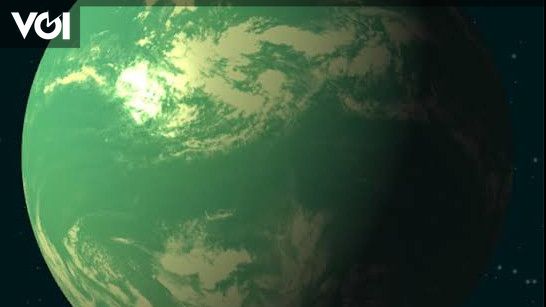JAKARTA – A planet in the habitable zone of a red dwarf star has been discovered by astronomers. But even in the region, it may not be able to support life.
Astronomers detect because the planet, dubbed TOI-2257 b, has an orbit so elongated that it is claimed that there are variations in temperature, so life like on Earth is very unlikely to exist there.
The planet TOI-2257 b was first spotted using data from NASA’s Transiting Exoplanet Survey Satellite (TESS) planet-hunting telescope, and then observed in more detail using the Las Cumbres Observatory Global Telescope and the SAINT-EX Telescope in Mexico.
Using the SAINT-EX observations, astronomers can confirm that a planet orbits a red dwarf star every 35 days. Because red dwarfs are smaller and cooler than the Sun, the habitable zone around them, or the area where water can exist on the surface of an orbiting planet, is also different.
Planets orbiting red dwarf stars can have water even if they orbit closer than Earth orbits the Sun. It is known that having a planet close to the star also makes it easier to detect.
However, even though TOI-2257 b is in the habitable zone, according to astronomers humans have not been able to make plans to migrate to the planet. Because the first problem with habitability is that the planet has a radius 2.2 times that of Earth, which means it is large and probably a gas with high atmospheric pressure.
Then second, the most interesting thing about this planet is that it has a very eccentric orbit, which means that its orbit is elliptical or oval rather than circular. Sometimes the planet is close to its star, and sometimes further away. And that has a big effect on the surface temperature there.
“We found that TOI-2257 b does not have a circular, concentric orbit. In terms of potential habitability, this is bad news. While the planet’s average temperature is comfortable, it varies from -80 degrees Celsius to around 100 degrees Celsius depending on where it orbits, away from or close to the star,” said lead researcher Nicole Schanche in a statement. January 10.
Lastly, astronomers are curious as to why this planet’s orbit is so eccentric, which could be due to a giant planet in the same system that affects the planet’s orbit. To learn more, astronomers hope the planet can take advantage of the recently launched James Webb Space Telescope.
– .


